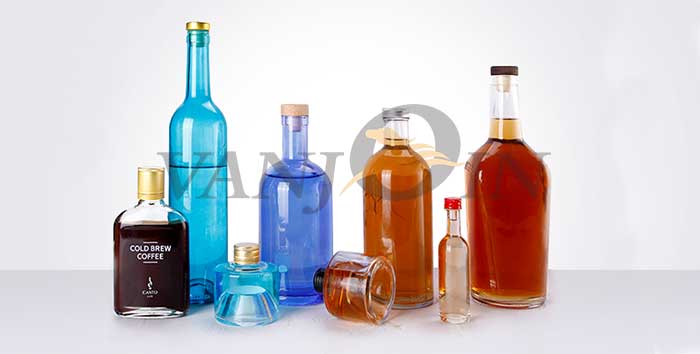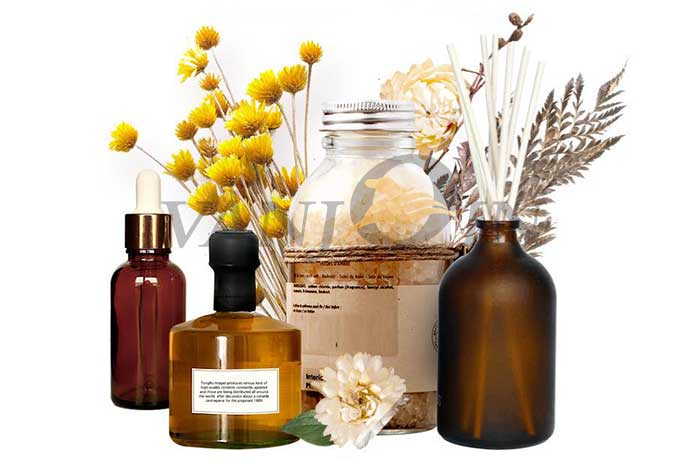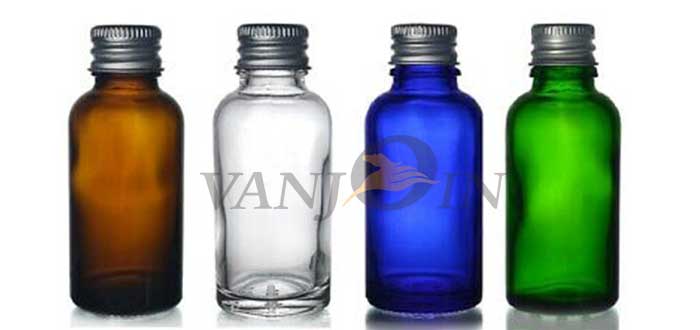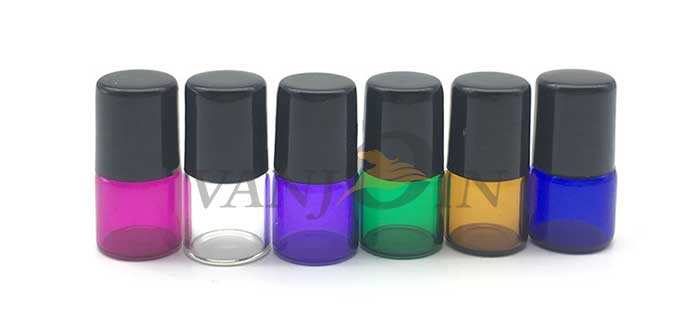
Usually, the glass bottles we see are transparent, and they are the most widely used, but there are also some special purpose bottles that are colored, such as amber glass bottles, blue glass bottles, and green glass bottles. So do you know how to color glass bottles?

Color can distinguish a glass container, shield its contents from unwanted ultraviolet rays or create variety within a brand category. Color can be obtained by simply adding small quantities of different oxides:
1. Chromium (for green)
2. Cobalt (for blue)
3. Nickel (for violet/brown)
4. Selenium metal (for red)
The raw materials used in commercial glass making contain iron oxide as an impurity, which imparts a yellow/green color to the glass
To offset the yellow/green when making flint (or “colorless”) glass, other colors are introduced by adding selenium (for red) and cobalt (for blue) in proper proportions to yield a gray glass that appears colorless, hence the term “decolorization.”
Amber is the most common colored glass, and is produced by adding together iron, sulfur, and carbon.
Amber is a “reduced” glass because of the relatively high level of carbon used. All commercial container glass formulations contain carbon, but most are “oxidized” glasses.
Amber glass absorbs nearly all radiation consisting of wavelengths shorter than 450 nm, offering excellent protection from ultraviolet radiation (critical for products such as beer and certain drugs).

Green Glass is made by adding non-toxic Chrome Oxide (Cr+3); the higher the concentration, the darker the color.
Green glass can be either oxidized, such as Emerald Green or Georgia green, or reduced, as with Dead Leaf green.
Reduced green glass offers slight ultraviolet protection.

Blue glass is created by adding cobalt oxide, a colorant so powerful that only a few parts per million is needed to produce a light blue color such as the shade used for certain bottled waters.
Blue glasses are nearly always oxidized glasses. However, a light blue-green glass can be produced using only iron and carbon and omitting the sulfur, making it a reduced blue.
Creating a reduced blue is seldom done because of the degree of difficulty in fining the glass and controlling the color.
Most colored glasses are melted in glass tanks, the same method as flint glasses. Adding colorants to the forehearth, a brick lined canal that delivers glass to the forming machine of a flint glass furnace, produces oxidized colors.
